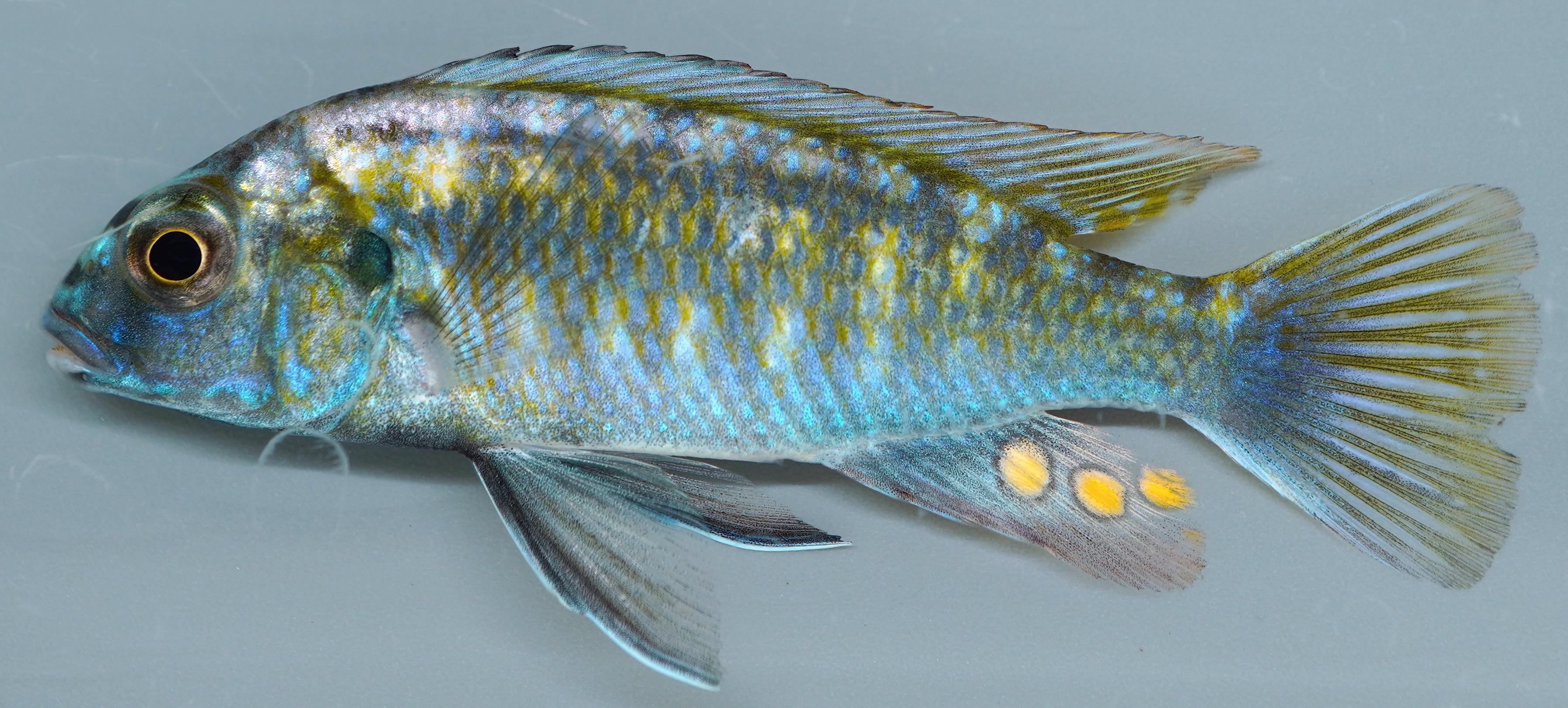
The genetic basis of blue iridescent colouration in Malawi cichlid fishes
Supervisor: Dr Emília Santos
Project summary
We are interested in the genetic, cellular and developmental basis underlying morphological evolution using cichlid fishes as a model system. The genes and cellular processes leading to the development and variation of structural coloration in fish remain a mystery. Here, we will address this question and study inter-specific variation in blue iridescent pigmentation – a type of structural colouration. More specifically we are interested in identifying the genes associated with its evolution in multiple cichlid species. Cichlids are one of the most species rich vertebrate families showing extreme diversity in their colour patterns. They are a fascinating system because despite the morphological diversity, they are genetically very similar, which allows for in depth comparative developmental studies between closely related species. Furthermore, the recent increase in genomic resources, the viability of hybrid crosses and to the application of the genome modification method makes them a highly attractive study system.
What the student will do
The objective of this project is to identify the genes underlying variation in body flank iridescent pigmentation. The student will take advantage of an existing population of F2 individuals derived from an inter-specific hybrid cross between two species with different body colours. F2s show extensive variation, some being black and others being bright blue with iridescent hues. The student will sequence these F2s and perform QTL analysis to identify loci associated with trait variation. The most promising candidate genes will be functionally validated using genome editing tools. Finally, we will characterise sequence evolution of the most promising genes across the cichlid phylogeny (e.g. dN/dS, selection scans and further association analyses). For this purpose, we will take advantage of whole genome sequences of over 250 Malawi cichlid species showing different body colour phenotypes.
References
Eggspots: Santos ME, et al. Nature Communications 2014
Cichlid colour variation: Maan & Sefc. Semin cell Dev Biol 2013
Lake Malawi cichlids: Malinsky M, et al. Nature Ecology and Evolution 2018
The biology of color: Cuthill et al. Science 2017
